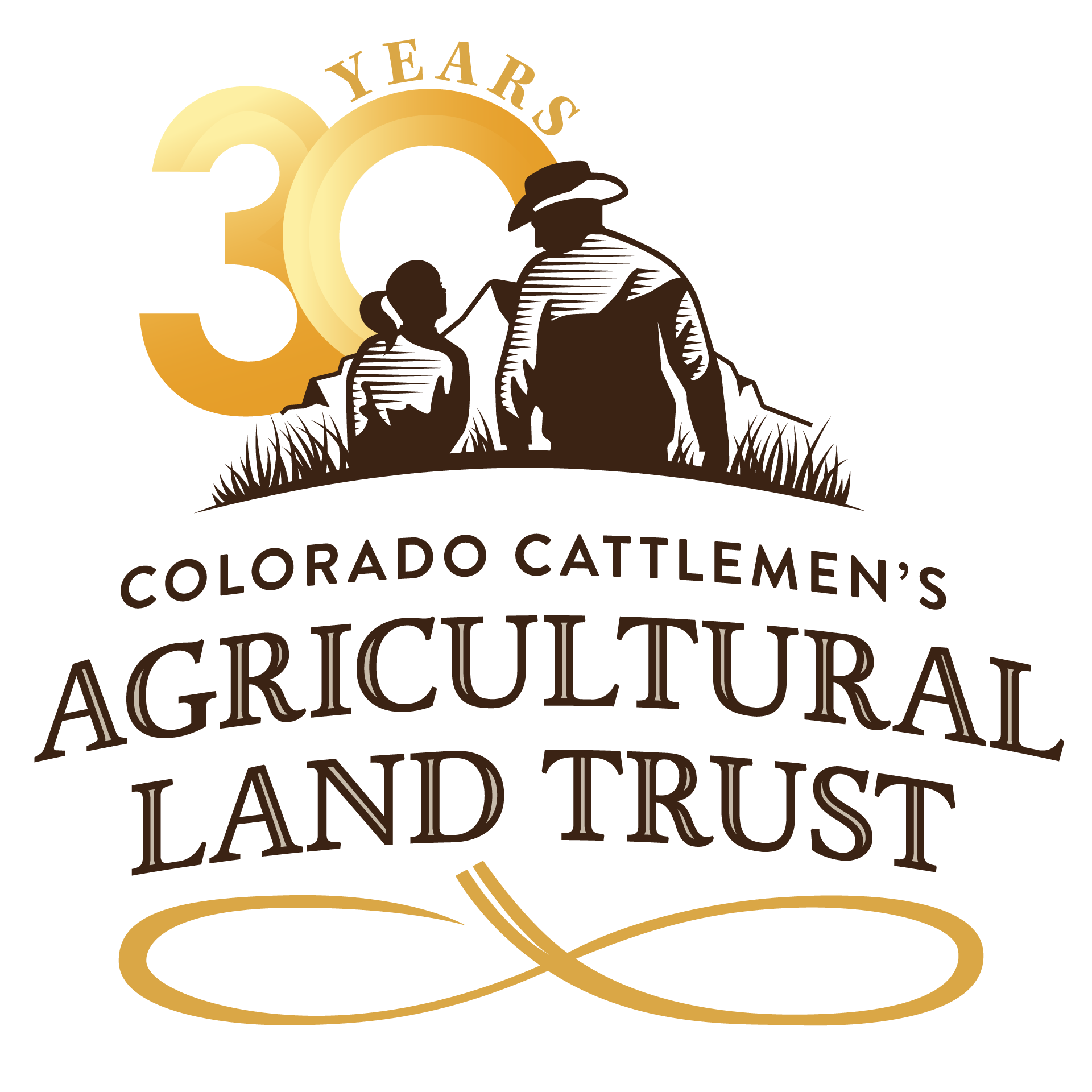Landowner Resources
IS MY LAND ELIGIBLE FOR A CONSERVATION EASEMENT?
Property must meet certain criteria to be eligible to receive the tax benefits and financial incentives associated with conservation easements. These criteria are outlined below and divided out between legal requirements and organizational requirements.
Organizational Requirements
At CCALT, we know that conserving productive, working agricultural lands has always been—and will always be—our top priority. But we also recognize that some properties, while not necessarily standalone farming or ranching operations, still hold significant agricultural value. Protecting these lands is just as important to our mission of preserving Colorado’s western heritage and working landscapes for future generations.
With that in mind, CCALT is open to conservation easements that safeguard both highly productive agricultural lands and those with important agricultural significance. To be considered, these properties should align with one or more of the following criteria:
Legal Requirements
Pursuant to the Code of Federal Regulations that defines “Qualified Conservation Contributions” (26 CFR § 1.170A-14), the conserved property must possess one or more of the following elements (among other requirements) to be considered eligible for federal tax benefits.”
The Colorado Division of Conservation evaluates applications for a Colorado Conservation Easement Income Tax Credit based upon a review of the conservation easement’s consistency with the federal regulations, in addition to other requirements. Learn more about the Division of Conservation’s rules and regulations related to the Colorado Conservation Easement Income Tax Credit here: https://conservation.colorado.gov/fees-and-regulatory-info
For more information on any of these requirements, please contact us.
